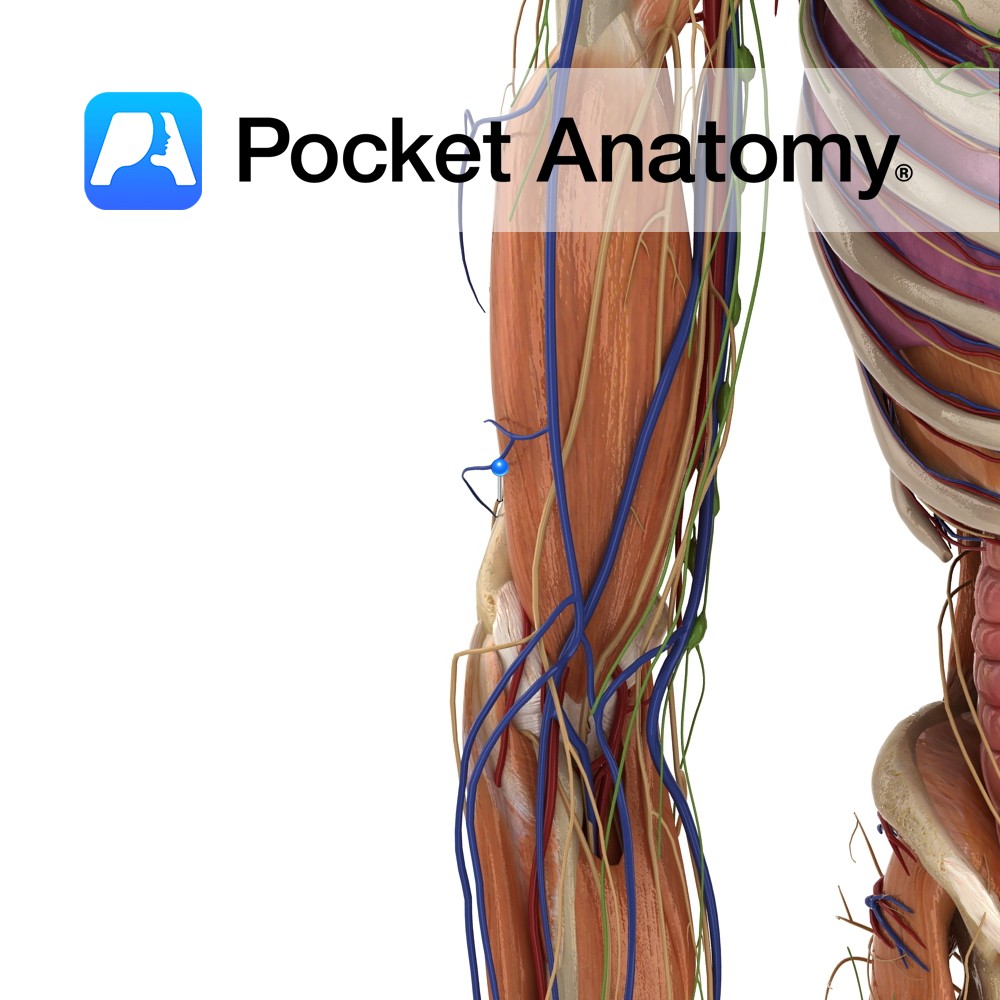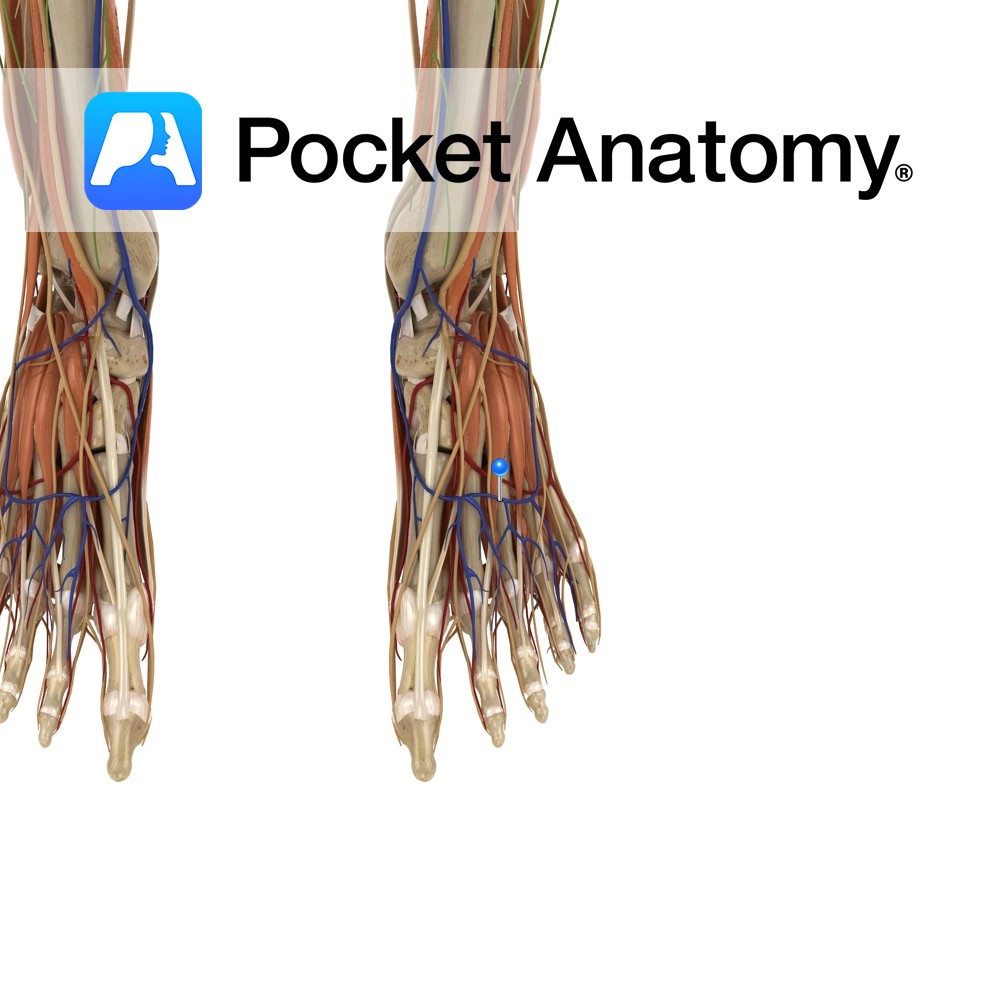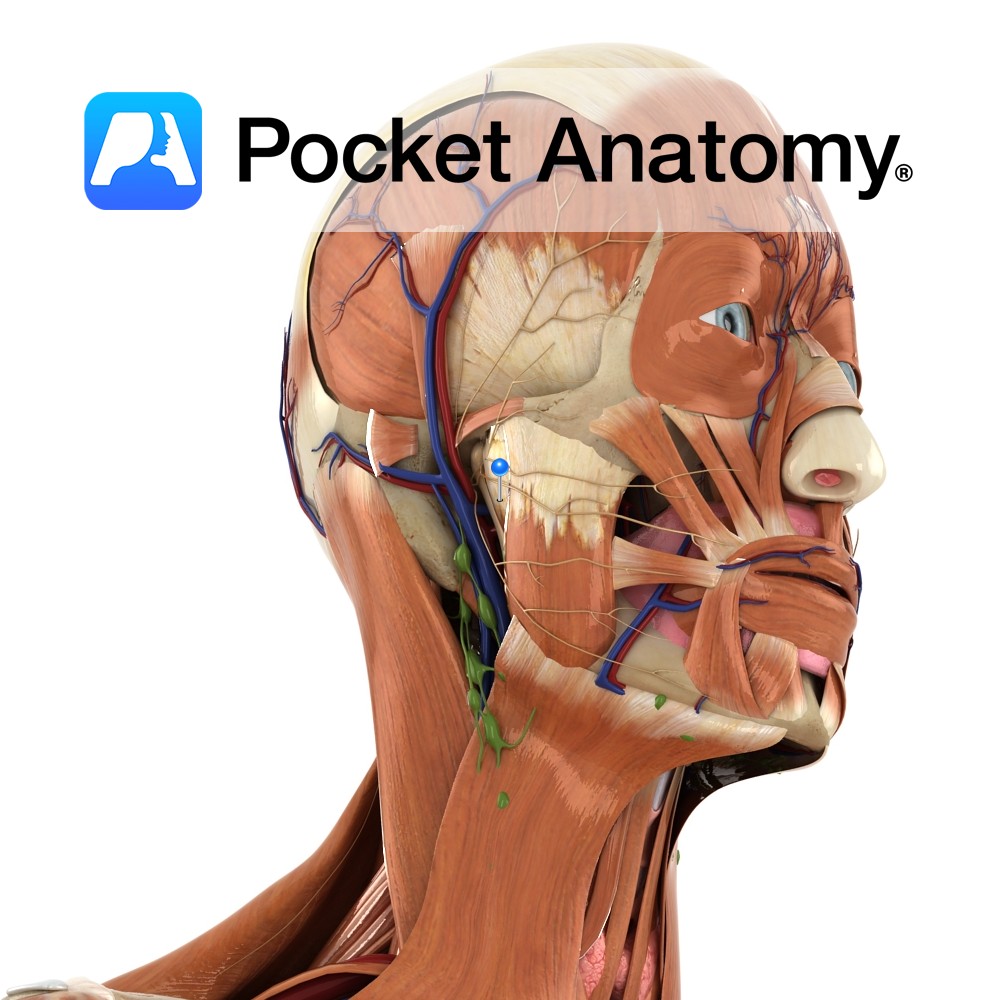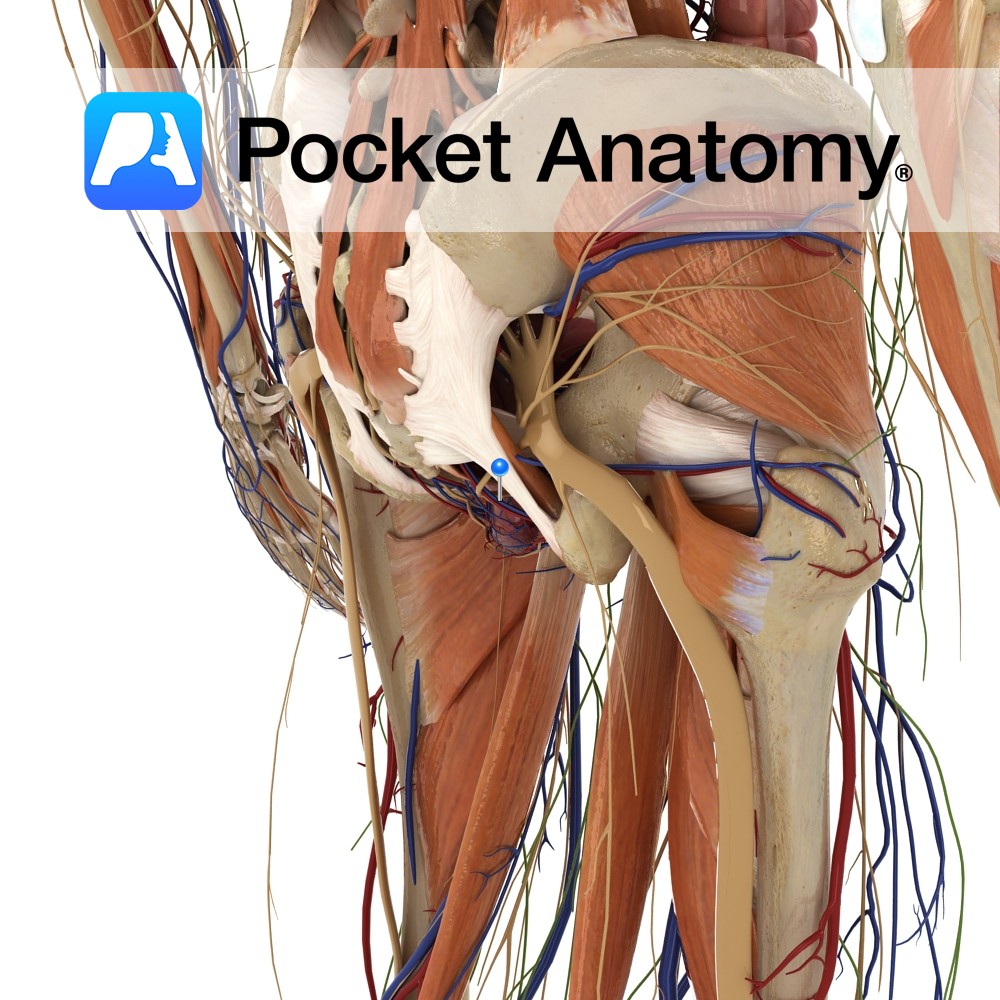Anatomy
Course
The radial nerve arises from the posterior cord of the brachial plexus, and is the largest terminal branch of the posterior cord. It exits the axilla by passing through the triangle made by the border of the long head of the triceps, the humerus and the inferior margin of the teres major.
It passes from medial to lateral at the back of the arm, lying in the radial groove of the humerus. When it reaches the lateral aspect of the arm, it passes anteriorly and enters the forearm by passing over the lateral epicondyle. It then gives off two branches, a deep and superficial branch.
The deep branch passes posteriorly and travels between the two heads of the supinator muscle to continue as the posterior interosseous nerve.
Supply
Supplies the triceps brachii and the brachioradialis muscles in the arm, as well as providing sensory innervation to the posterior portion of the arm. In the forearm, the deep radial branch innervates the muscles in the posterior compartment of the forearm.
Clinical
As the radial nerve runs distally on the bone in the radial groove, it can be easily damaged or stretched if the humerus is broken. This can result in permanent loss of function in the muscles that the radial nerve supplies.
A symptom of radial nerve damage is ‘wrist drop’, where a patient cannot extend their hand and it hangs loosely.
Interested in taking our award-winning Pocket Anatomy app for a test drive?





